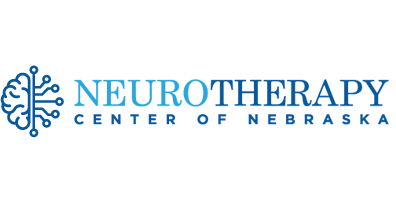Our Services
Neurofeedback
Neurofeedback, often referred to as EEG biofeedback or brain wave training, is a type of biofeedback in which individuals are trained to improve their brain function.
Neurofeedback or EEG biofeedback is a type of biofeedback that involves learning to control and optimize brain function. Neurofeedback may or may not include the use of a direct stimulus or task when teaching the brain new ways of performing.
Neurofeedback has been practiced for well over four decades. Hundreds of thousands of individuals and families impacted by various mental health and/or neurological conditions have benefited greatly from this powerful, effective, established, and proven intervention.
Like other forms of biofeedback, Neurofeedback Training uses monitoring devices to provide moment-to-moment information to an individual on the state of their physiological functioning. The characteristic that distinguishes neurofeedback from other biofeedback is a focus on the central nervous system and the brain. Neurofeedback Training has its foundations in basic and applied neuroscience as well as data-based clinical practice. It considers behavioral, cognitive, and subjective aspects as well as brain activity.

